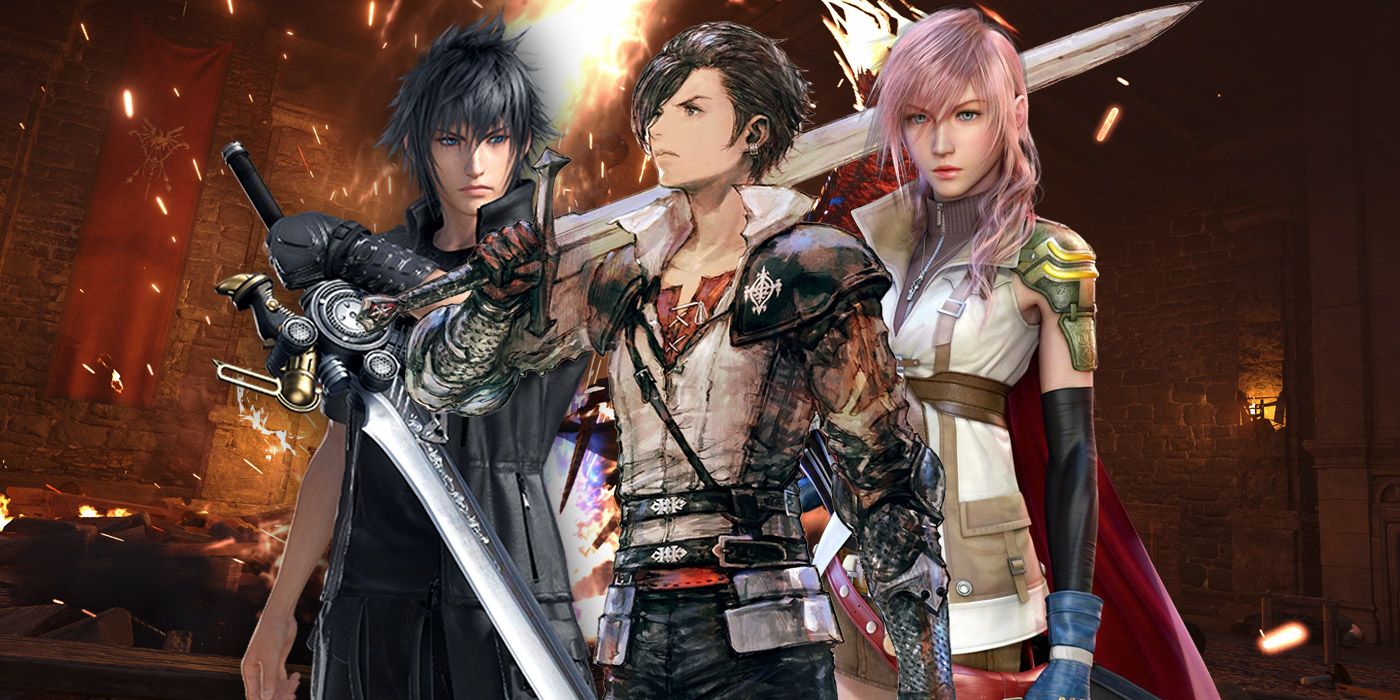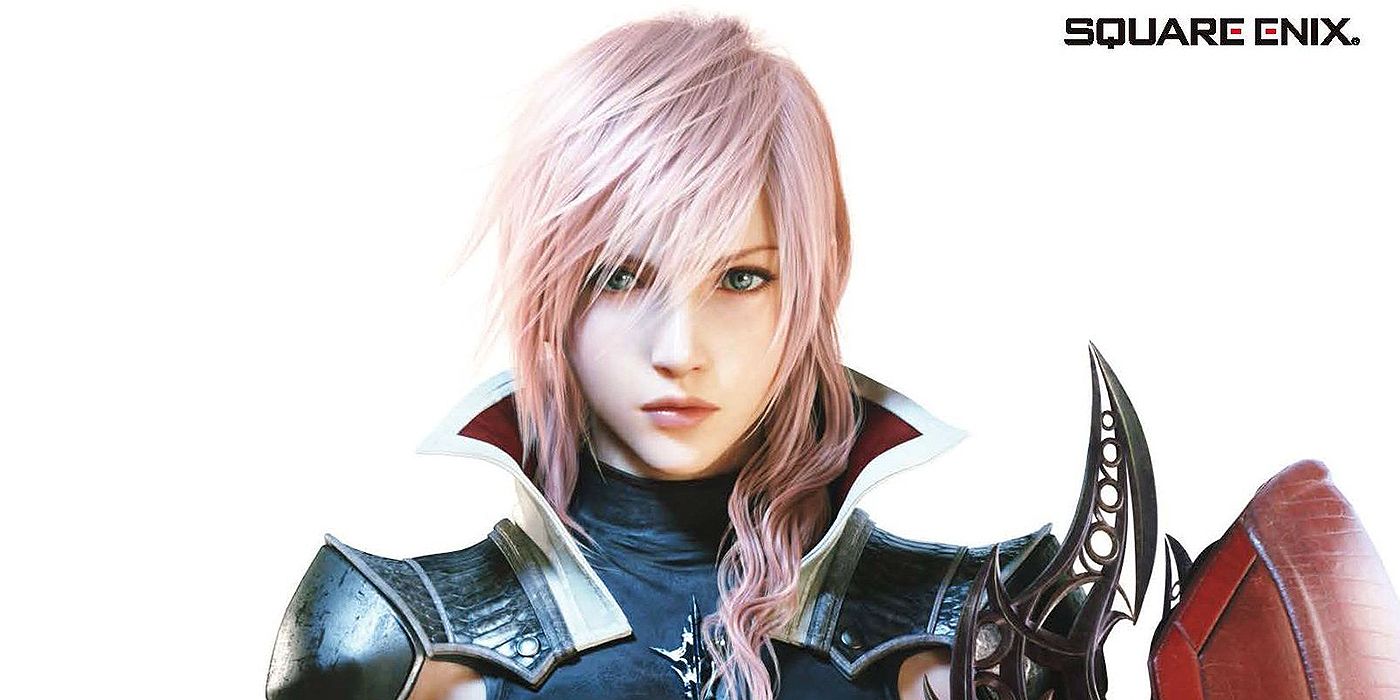The Final Fantasy franchise has spawned more than twenty games when counting its mainline entries and spinoff games. One thing that's noticeably absent from most of those games, particularly the story-driven mainline games, are female characters that can truly be considered the main protagonists. Aside from a few notable exceptions, the characters that truly drive the stories of the Final Fantasy games are overwhelmingly male. As a whole, the industry has started to move away from this trend, but Final Fantasy 16 is looking like it will be continuing that trend with its focus on main protagonist Clive.
Representation in media can be a powerful thing. When players aren't able to really see themselves in stories they enjoy, it can be hard to immerse in what are otherwise well-crafted worlds, and can lead to feelings of purposeful exclusion from the medium at large. This is a large part of why extensive character creation systems can drive a game's success. Final Fantasy 16 needs to be careful a lot of things, and given that it's continuing a series trend of almost exclusively focusing on male protagonists, how it handles the female characters in its story will be one of them for many fans. Final Fantasy is massively popular around the world, and because of that, it seems strange how few female protagonists there really are throughout the series.
The Women of Final Fantasy
It must be noted that are some important exceptions to what is otherwise an overwhelmingly common trend in Final Fantasy. FF10-2 saw an all-female cast of characters take center stage in the first true direct sequel. Terra from FF6 is another good exception, her story was a driving force in the events of the game and was much less a "damsel in distress" than other characters tend to be in Final Fantasy.
Final Fantasy 12 is one of the best examples in the series. In FF12, characters like Fran and Ashe had big impacts on the story that were largely independent from the male protagonists. The game also featured a party system that was incredibly fluid and allowed players to basically make any one of the playable characters their main protagonist as far as gameplay went. FF13 seems to be the shining example of a leading woman in FF, but her character was admitted by developers to be a female equivalent of Cloud, so her creation is an exception to the rule but doesn't do much to move the issue forward.
Not all of the women throughout Final Fantasy's history are relegated to the damsel role either, with Tifa from FF7 and Lulu from FF10 are strong examples of that. Tifa even becomes the party leader while Cloud is incapacitated, but those characters are still overall delegated background roles as far as the overarching story of the games they exist in. Indeed, there's even less true bonafide protagonists that are female and none who are developed in and of themselves. Final Fantasy 16 is looking like it will continue this trend however, with Clive taking front and center as the game's primary driving force.
As little is known so far about the game's story and how other characters will be handled, it will be important for Square Enix to take care in how it presents its female characters. The series has kind of a bad history in this regard, and FF16 doesn't look to be rectifying that. For now, many female players will have to stick with their created characters in games like FF14 as far as seeing other women take the leading role.
Final Fantasy 16 is in development for PS5.


